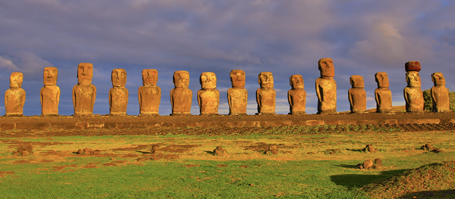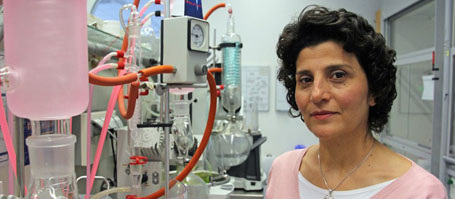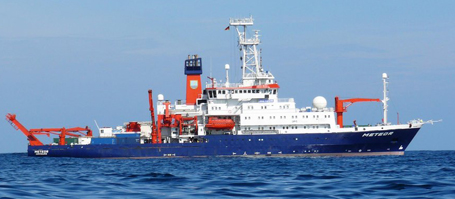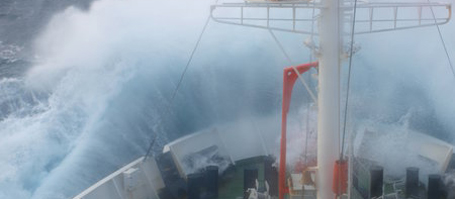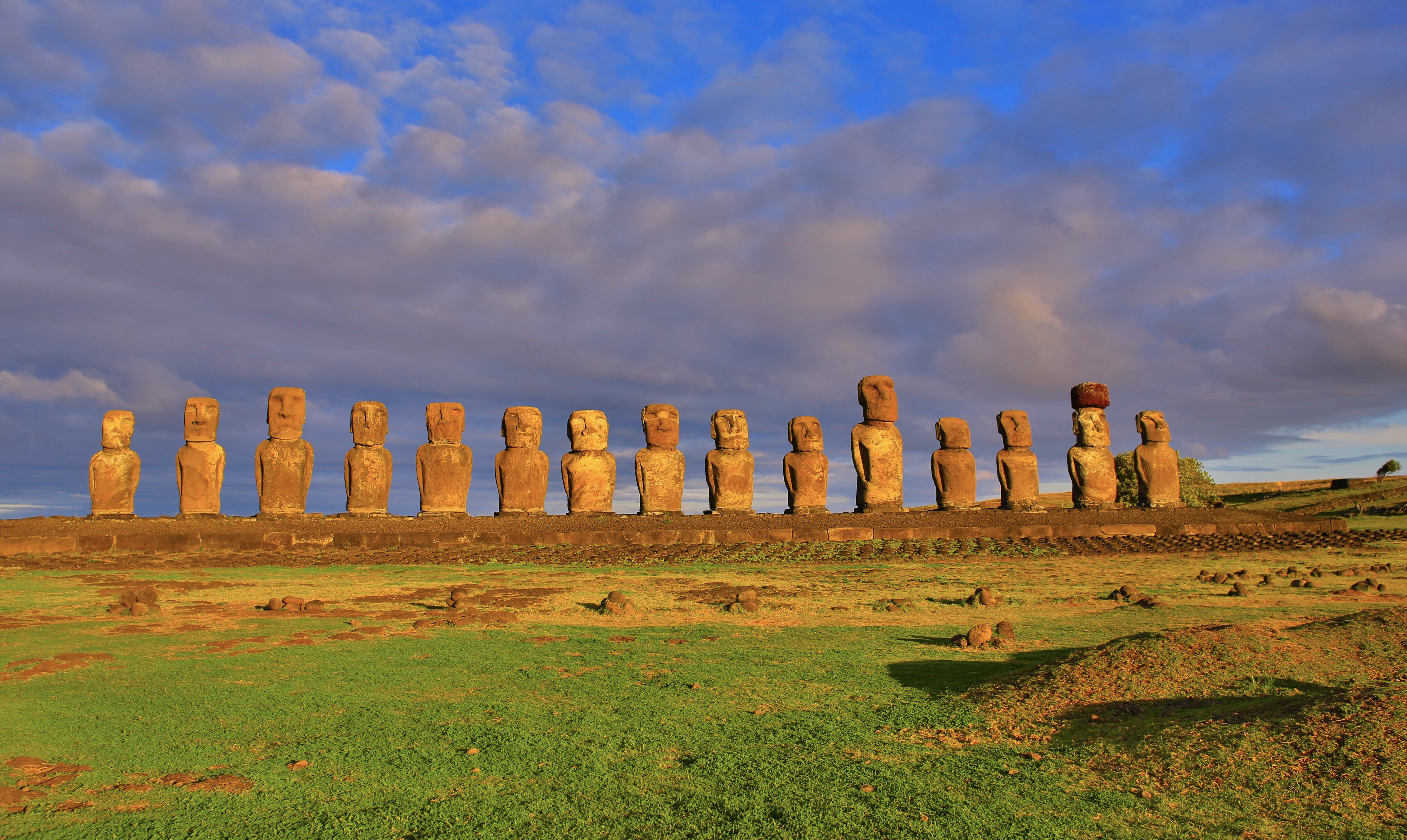Topics include the mysterious stone giants on Easter Island, adventurous diving expeditions, the exploration of the planet Mars, chemical experiments with gummy bears and the work on a research ship.
The opening lecture will be given on Wednesday (November 11, 2015 at 16:00h) by Professor Hans-Rudolf Bork from the Institute for Ecosystem Research about the mysterious stone giants on Easter Island. Many stories circulate about the remote island in the Pacific Ocean with no trees. “Easter Island is the loneliest inhabited island in the world. More than 1000 years ago, the first humans reached it in sailing boats. The settlers developed a strange culture with up to ten meter high statues from volcanic stone as the centre,” says Bork. Hundreds of statues that portrayed deceased kings were carved out of stone and transported. Is this what they used up all the trees for? The geographer discusses this question and offers exciting insight into the fascinating world of Easter Island.
In the Christmas lecture on December 16th, the marine biologist and research diver Uli Kunz will talk about his diving expeditions: He has swum with sharks, orcas and beluga whales, has explored incredible coral reefs off Norway, has observed colorful slugs in underwater forests and has experienced unparalleled encounters with humpback whales and the largest fish on Earth. On this day, the grown-ups may join the children in the lecture hall.
Further talks will be given in January by Professor Robert Wimmer-Schweingruber from the Institute for Experimental and Applied Physics on the exploration of the planet Mars and by Professor Ilka Parchmann together with Dr. Stefan Schwarzer from the Leibniz Institute for Science and Mathematics Education on new experiments in the chemistry lab, for example how to make glue from gummy bears. In the closing lecture on Feburary 10th, Professor Sebastian Krastel from the Institute for Geosciences will take his listeners on a research expedition and explain the equipment used to explore and study the sea bed.
The Children’s University always takes place on Wednesdays in the Audimax at Kiel University and lasts 60 minutes. The 400 seats are reserved for children only, with the exception of the Christmas Lecture. Tickets can be bought for the price of 1 Euro at the “Kieler Nachrichten”, Fleethörn 1-7 (Customer Hall), 24103 Kiel or one hour before the event in the Audimax at Kiel University, Christian-Albrechts-Platz 2. Parents or grandparents can follow the lecture on the screen in the foyer of the Audimax.
Once again the children will receive their personal stamp booklet. For every lecture they visit, the children will receive a stamp. With a minimum of four of five lectures, the children can take part in a prize drawing. The stamp booklet with the collected stamps can be handed in at the Children’s University stand in the Audimax or sent to:
Kieler Forschungswerkstatt / ozean:labor
Am Botanischen Garten 14f, 24118 Kiel
The drawing prizes consist of book and material prizes with a total value of 500 Euro.
The Children’s University is once again being organized by the Cluster of Excellence “The Future Ocean” and supported by the Leibniz Institute for Science and Mathematics Education and Kiel University. The “Kieler Nachrichten” newspaper and GEOlino, a science and discovery magazine for children between 8 and 14, are media partners of the Children’s University.
All dates and talks on the five topics, as well as information on tickets can be found here (in German):
www.futureocean.org/de/schulprogramme/kinder-_und-schueleruni.php
Links:
www.futureocean.org/de/schulprogramme/kinder-_und-schueleruni.php
www.uni-kiel.de/stud/schueler.shtml
Contact:
Dr. Katrin Knickmeier, Cluster of Excellence “The Future Ocean”
School Programs
Telephone: (+49) 431-880-3031 und 880-5914
kknickmeier@uv.uni-kiel.de
Friederike Balzereit, Cluster of Excellence “The Future Ocean”
Head Public Outreach
Telephone: (+49) 431-880-3032
fbalzereit@uv.uni-kiel.de
…
